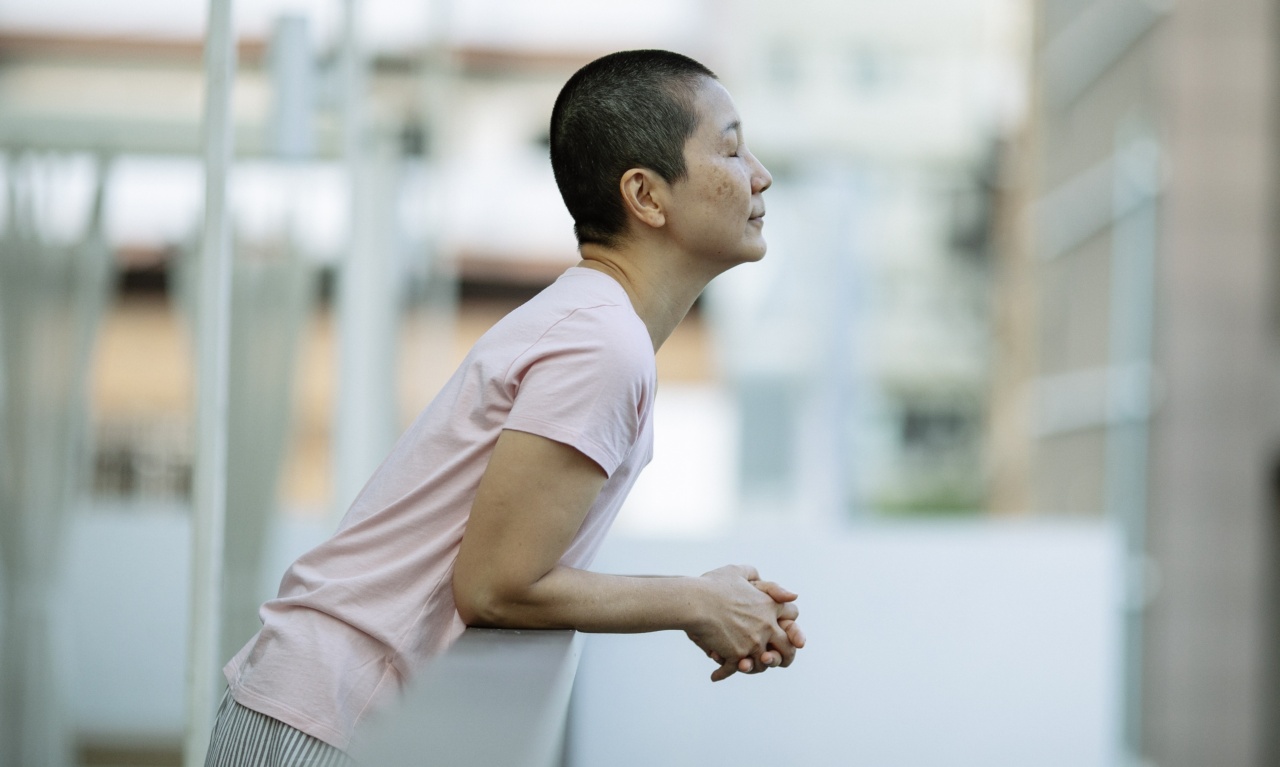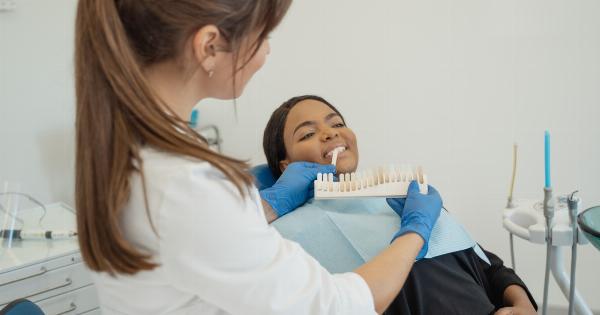Osteoporosis, a condition characterized by weakened and brittle bones, is often referred to as the “silent epidemic” due to its asymptomatic nature until a fracture occurs.
It affects millions of people worldwide, particularly postmenopausal women. Traditionally, the treatment for osteoporosis has been focused on medications, such as bisphosphonates, which slow down bone loss. However, an increasing number of individuals are turning towards a holistic approach to manage and treat this condition.
By addressing the underlying causes and implementing lifestyle changes, holistic treatments aim to improve bone health and overall well-being. In this article, we will explore the benefits of treating osteoporosis holistically and delve into some effective holistic strategies.
Understanding Osteoporosis
Osteoporosis is a disease characterized by low bone mass and structural deterioration of bone tissue, leading to an increased risk of fractures.
It occurs when the body fails to form enough new bone, as well as when old bone is reabsorbed faster than new bone is created. As a result, bones become fragile and prone to fractures, even from minor falls or injuries.
Conventional Treatment Approaches
In the conventional medical approach, doctors typically prescribe medications to slow down bone loss and reduce the risk of fractures.
The most commonly prescribed drugs for osteoporosis are bisphosphonates, which work by inhibiting the cells responsible for bone breakdown. While these medications can be effective in preventing fractures, they come with potential side effects, such as gastrointestinal problems and atypical fractures of the thigh bone.
Additionally, conventional treatments often fail to address the underlying causes of osteoporosis, such as nutritional deficiencies, hormonal imbalances, and lifestyle factors.
As a result, many individuals are turning towards a holistic approach that takes into account the whole person rather than just the symptoms of the disease.
The Holistic Approach to Osteoporosis
A holistic approach to osteoporosis focuses on treating the person as a whole and aims to address the root causes of the condition.
It involves a combination of lifestyle modifications, proper nutrition, hormonal balance, stress management, and exercise to support overall bone health and reduce the risk of fractures.
By adopting a holistic approach, individuals with osteoporosis can optimize their bone health, improve overall vitality, and reduce the reliance on medications and their potential side effects.
Let’s explore some of the key components of a holistic treatment plan for osteoporosis.
Nutrition for Bone Health
Proper nutrition plays a crucial role in maintaining healthy bones. Consuming a diet rich in essential nutrients can support bone formation and density. Key nutrients for bone health include:.
1. Calcium: Calcium is the primary mineral found in bones. Adequate calcium intake is essential for maintaining bone mass and strength. Good sources of calcium include dairy products, leafy green vegetables, almonds, and sardines.
2. Vitamin D: Vitamin D is crucial for optimal calcium absorption and bone mineralization. It can be obtained through sun exposure and dietary sources like fatty fish, fortified dairy products, and egg yolks.
3. Magnesium: Magnesium is involved in bone formation and influences the activity of vitamin D. It can be found in nuts, seeds, whole grains, and green leafy vegetables.
4. Vitamin K: Vitamin K plays a role in bone metabolism and supports calcium utilization in bones. Good sources of vitamin K include leafy green vegetables, broccoli, and fermented foods like sauerkraut.
5. Omega-3 Fatty Acids: Omega-3 fatty acids have anti-inflammatory properties and may help reduce bone loss. They can be found in fatty fish, flaxseeds, and walnuts.
Hormonal Balance
Hormonal imbalances, especially in women during menopause, can contribute to accelerated bone loss. Estrogen, a hormone that helps maintain bone density, decreases significantly during menopause.
Addressing hormonal imbalances through hormone replacement therapy (HRT) or natural remedies like phytoestrogens can help preserve bone mass and reduce the risk of fractures. However, it’s important to consult a healthcare professional before making any hormonal decisions.
Stress Management
Chronic stress can have detrimental effects on bone health. Elevated levels of the stress hormone cortisol can lead to increased bone breakdown.
Incorporating stress-reducing practices like yoga, meditation, deep breathing exercises, and regular physical activity can help manage stress and promote bone health.
Exercise for Bone Strength
Weight-bearing exercises, such as walking, dancing, and weightlifting, are crucial for maintaining and improving bone density. These exercises place stress on the bones, stimulating them to become stronger.
Engaging in regular physical activity can also improve balance and coordination, reducing the risk of falls and fractures.
Supplements for Bone Health
In addition to a well-balanced diet, certain supplements can support bone health. These include:.
1. Calcium Supplements: If dietary intake of calcium is insufficient, supplements can help ensure an adequate supply. Calcium citrate or calcium carbonate are commonly used forms.
2. Vitamin D Supplements: For individuals with limited sun exposure or inadequate intake of dietary sources, vitamin D supplements can be beneficial.
3. Fish Oil Supplements: Omega-3 fatty acids present in fish oil supplements have been associated with improved bone health. They can provide additional support for individuals with osteoporosis.
Preventing Falls and Injuries
Preventing falls is essential to minimize the risk of fractures, especially in individuals with osteoporosis.
Taking proactive measures such as removing potential tripping hazards, installing handrails, using proper footwear, and performing regular vision checks can help reduce the likelihood of falls and injuries.
Conclusion
Osteoporosis is a silent epidemic that requires comprehensive management and treatment. While conventional approaches mainly focus on medication, adopting a holistic approach can provide numerous benefits.
By addressing the underlying causes of osteoporosis, such as nutritional deficiencies, hormonal imbalances, stress, and lifestyle factors, individuals can improve bone health, reduce the risk of fractures, and enhance overall well-being. Embracing a holistic treatment plan that includes proper nutrition, hormonal balance, stress management, exercise, and supplements can empower individuals to take charge of their health and live a life free from the silent epidemic of osteoporosis.































